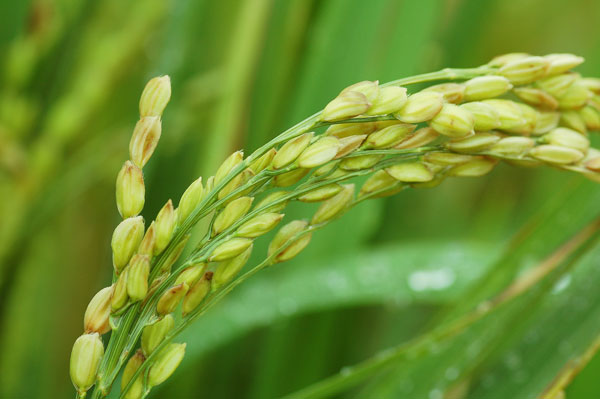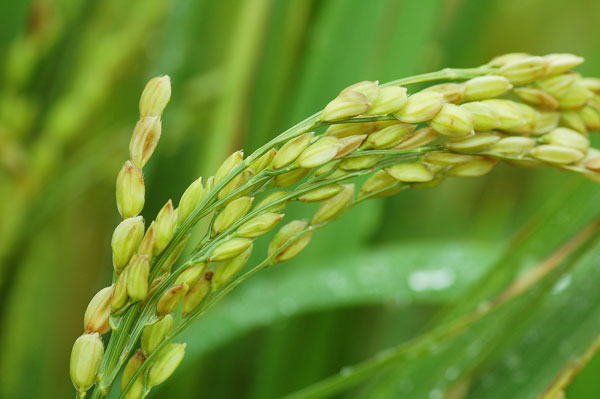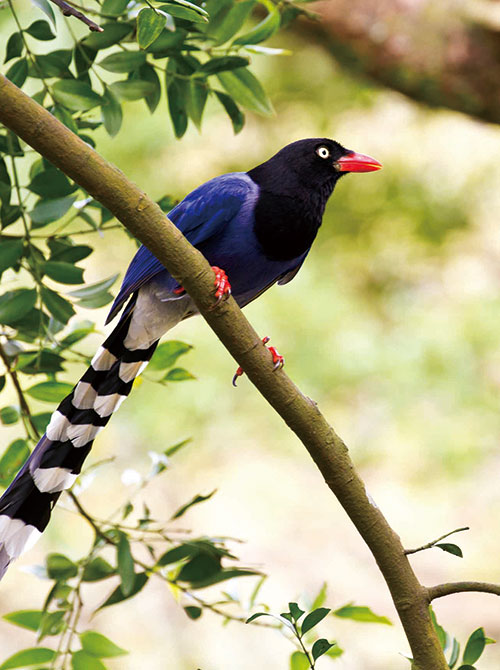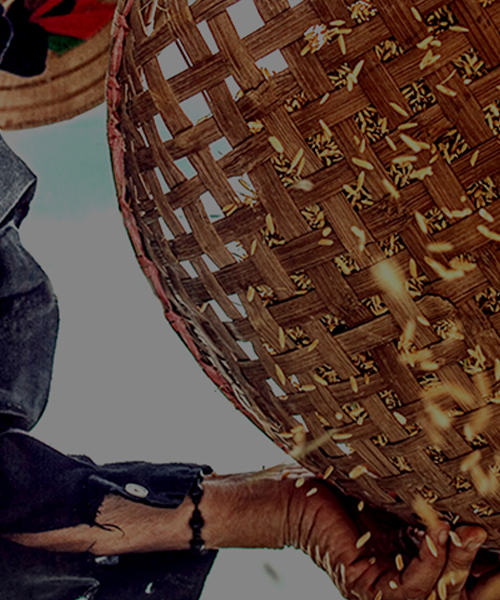Organic rice conserves nature and feeds people
- 2022-05-25
- 2022-05-25
- / 1299 Views
- /

Organic rice conserves nature and feeds people
The origin and varieties of rice
Rice can be traced back more than 8,000 years ago in China. There are more than 140,000 varieties of cultivated rice in the world. Han people brought some varieties from southern China to Taiwan in the Ming and Qing dynasty. Indigenous people brought some varieties from South East Asia. Dutch people also brought some varieties. In 1895, the Japanese colonial government found 1,697 varieties in Taiwan. It started to breed Japonica rice, which was named “Penlai Rice (蓬萊米)” to be differentiated from indigenous indica rice, “Zhailai Rice (在來米)”.
There are diverse varieties and features of organic rice in Taiwan. Kaohsiung No. 139 is mostly cultivated in Hualien and Taitung areas, Taoyuan No. 3 in Taoyuan and Taichung Sen No. 10 and Tainan No.11 in the central and southern Taiwan. Tainan No. 11 accounts for 60% of the total production in this area. Recently Taiken No. 9 Premium Rice has become well-known after it was used to make rice balls in convenient stores. Other varieties, including Tainung No. 71 (Yihchuan aromatic rice) and Tainan No. 16, are getting known on the market.
The ecological value of organic rice
An organic rice field functions like a small reservoir. It can be a great habit for many creatures, regulate climate and conserve water and soil. Rice plants take 120 ~140 days to grow depending on different climate, water temperature, humidity, and altitude. Rice can be harvested once or twice every year. For example, rice is only harvested once in Yilan, where it’s raining season in the autumn and winter. Farmers grow vegetable and water bamboo and raise fish and ducks in their rice fields after harvesting rice. Rotation can not only benefit the productibility of soil but also increase organic farmers’ income.
Organic farmers in Taiwan develop their own methods of field management since they can’t use chemical fertilizers, pesticide and herbicide. Some prevent the growth of golden apple snails by controlling water levels in the rice fields. Some grow floating ferns to control weeds. Some add Effective Microorganisms, Bacillus Subtilis, and Trichoderma to prevent rice blast and sheath blight in accordance with their irrigation schedules. Some add bamboo vinegar or bury biochar (bio charcoal) of pruned brush and bamboo in their field. Such method benefits soil improvement and indirectly contribute to the slowdown of global warming.
Various rice dishes and economic values
Rice of different features is used to make various rice dishes. Rice and porridge are cooked with different amount of water. Sushi and rice balls are made with different fillings. Different procedures are used to make thick rice pasta, rice noodles, rice vermicelli, rice cakes, Pho rice noodles, and Hakka rice noodles. Rice dumplings, glutinous rice ball, New Year cakes and radish cakes are made for specific festivals. There are many rice desserts, such as crispy cooked rice, puffed rice, rice cookies, rice crackers, and Mochi. Rice drinks include rice tea, rice milk, brown rice tea, rice wine and fermented rice soup. Rice vinegar and red yeast can be found in many kitchens. Rice bran is used to make oil and pickles.
Economic values of rice are significant. Farmers fed cattle with rice bran in old days. Rice bran was also used to build walls of clay houses and Tulou and straw was used to cover roof. Nowadays rice bran is still blended in concrete as building material. Farmers couldn’t live without straw ropes, straw shoes and straw raincoat in the past. Straw crafts, like straw mats and straw hats, are very popular on the market. Straw also plays a role in the industry of edible fungus and is used to cultivate white mushroom and organic mushroom.





